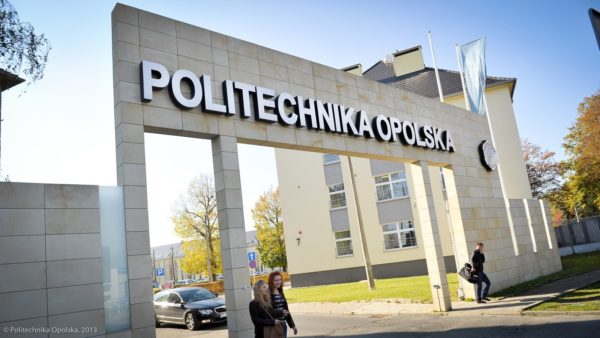According to the United Nations report on World Population Prospects, Indian’s population is expected to double by 2040. Meanwhile, the system of medicine and health in India needs a reform. National governments and their respective agencies have only been able to accomplish so much on their own due to challenges of corrupt governance, weak infrastructure and lack of resources.
Linking tertiary education and public health is significant because colleges and universities play a unique role in solving health challenges, from treating non-communicable disease to epidemies. There is a tremendous amounts of human capital in India with simply inadequate facilities. This is a major reason why the opportunity to study abroad in Europe will always be attractive for Indians. That`s why it will be a good idea to study medicine in the Europe for Indian youth.
Well, it is rather difficult to enroll in a medical university abroad, because medicine in all countries of the world is one of the most popular areas of study with a very high entry enrollment. Given the fairly strict selection among its citizens, the requirements for applicants from India are in most cases even more excessive. At the same time, the cost of studying abroad on medical specialties, as a rule, is several times higher than on the specialties of the humanitarian profile. A very good option for obtaining medical education abroad for Indian students is the Czech Republic. Among the advantages of medical education in the Czech Republic there are : the absence of age restrictions on admission, the duration of the master’s education, which is 5-6 years, as well as the absence of internships and the recognition of diplomas in other countries of the world.
One of the most accessible countries for Indian students in terms of the procedure for obtaining higher medical education and the cost of training is Germany. This country is considered one of the strongest in the field of medicine, therefore the German medical diploma is highly valued all over the world. Education in Germany is conditionally free of charge in mostly lands. Apply for medical courses in German universities for Indian students can be through the preparatory courses.
Heidelberg University named after Ruprecht and Charles.
The oldest university in Germany, which only multiplies its merits. The University was founded in 1386 and survived many ups and downs. Today, thanks to numerous studies and discoveries, the University of Heidelberg is deservedly one of the most prestigious universities in the country.
Ludwig-Maximilian University in Munich.
A classic German university is considered one of the most prestigious educational institutions in Germany and Europe. In the list of the university 34 Nobel laureates (13th place in the world). According to the magazine Der Spiegel is considered the best university for the training of specialists in the field of history, sociology, medicine and biology.
Third place – Technical University of Munich.
The university is part of the union of the strongest universities of the YU 9 and the only one representing Germany in the top of in the world under the Times Higher Education.
There are also universities in other countries that may interested Indian students.
KU Leuven – University of Leuven, Belgium (ranked 47th worldwide).
The Faculty of Medicine is involved in international projects and networks and is part of the Biomedical Sciences Group. Research is also a main focus of the specialists from KU Leuven and there are plenty of studies on science, technology and health.
University of Amsterdam, Netherlands (ranked 59th worldwide).
This university holds two educational institutes, which study medicine and medical informatics and a research institute that develops projects in cardiovascular disorders, epidemiology and public health, infectious diseases and immunology, metabolic disorders, oncology and many others.
Imperial College of London (United Kingdom).
One of the most famous employees of the Imperial College was Sir Alexander Fleming, who received the Nobel Prize in 1945 for the discovery of penicillin. It is believed that this discovery saved more lives than any other. Today, university staff are working on creating an “intelligent scalpel” that will be able to recognize cancer cells in the body.
Karolinska Institute (Sweden).
The Swedish Medical School has the Nobel Committee, but it is not only known. Several vaccines are now being actively developed, for example, from a number of cardiovascular diseases to hepatitis C and HIV.
University of Cambridge (United Kingdom).
The Cambridge Medical Faculty constantly publishes articles from its scholars in the best medical journals, many of which make a real outrage. Among the latest studies is the discovery of a signal model for the packaging of HIV RNA, which opens up new ways to find a medicine for this virus.
University of Oxford (United Kingdom).
Sixteen Nobel Laureates worked or worked in the walls of Oxford, and this is not the limit. It offers programs on neurotransmission, clinical embryology, diagnostics, etc.
Medical education is very attractive because it provides myriad solutions to current, critical needs in Indian countries. The role of higher education within all of this should not be underestimated. Indian youth should be at the forefront of addressing challenges faced by local citizens. New specialists have to enter the Indian health market through higher education.


 kudapostupat
kudapostupat



















 296800
296800 


















